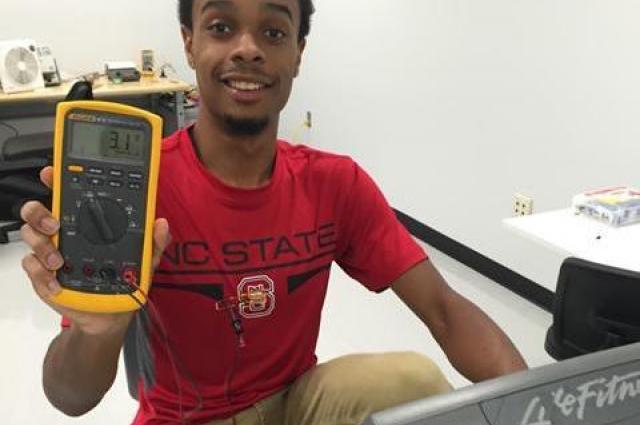New York: Researchers have developed a new design for harvesting body heat and effectively converting it into electricity for use in wearable electronics.
The experimental prototypes are lightweight, conform to the shape of the body, and can generate far more electricity than previous lightweight heat harvesting technologies, the researchers said.
“Wearable thermoelectric generators (TEGs) generate electricity by making use of the temperature differential between your body and the ambient air,” said corresponding author Daryoosh Vashaee, Associate Professor at North Carolina State University.
“Previous approaches either made use of heat sinks — which are heavy, stiff and bulky — or were able to generate only one microwatt or less of power per centimetre squared. Our technology generates up to 20 microwatt per cm2 and does not use a heat sink, making it lighter and much more comfortable,” he added in a university statement.
The new design begins with a layer of thermally conductive material that rests on the skin and spreads out the heat.
The conductive material is topped with a polymer layer that prevents the heat from dissipating through to the outside air.
This forces the body heat to pass through a centrally-located thermoelectric generator. Heat that is not converted into electricity passes through thermoelectric generator into an outer layer of thermally conductive material, which rapidly dissipates the heat.
The entire system is thin — only two millimetres — and flexible.
“In this prototype, the thermoelectric generator is only one centimetre squared, but we can easily make it larger, depending on a device’s power needs,” Vashaee said.
The researchers also found that the upper arm was the optimal location for heat harvesting.
While the skin temperature is higher around the wrist, the irregular contour of the wrist limited the surface area of contact between the thermoelectric generator band and the skin.
Meanwhile, wearing the band on the chest limited air flow — limiting heat dissipation — since the chest is normally covered by a shirt.
IANS

